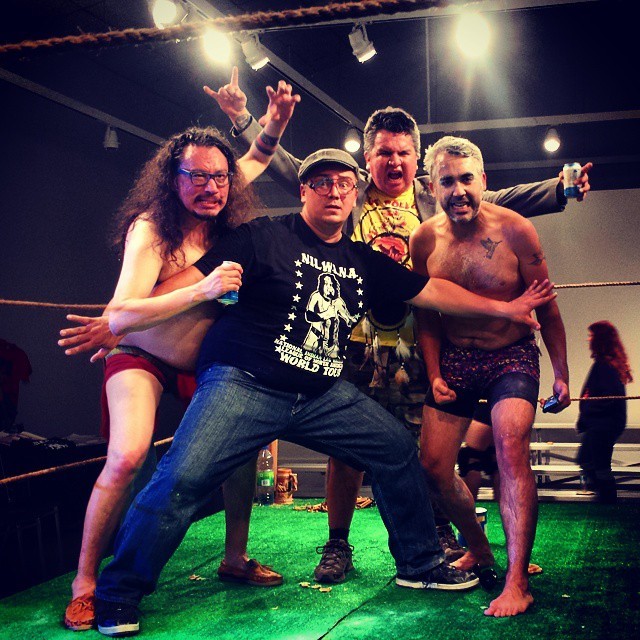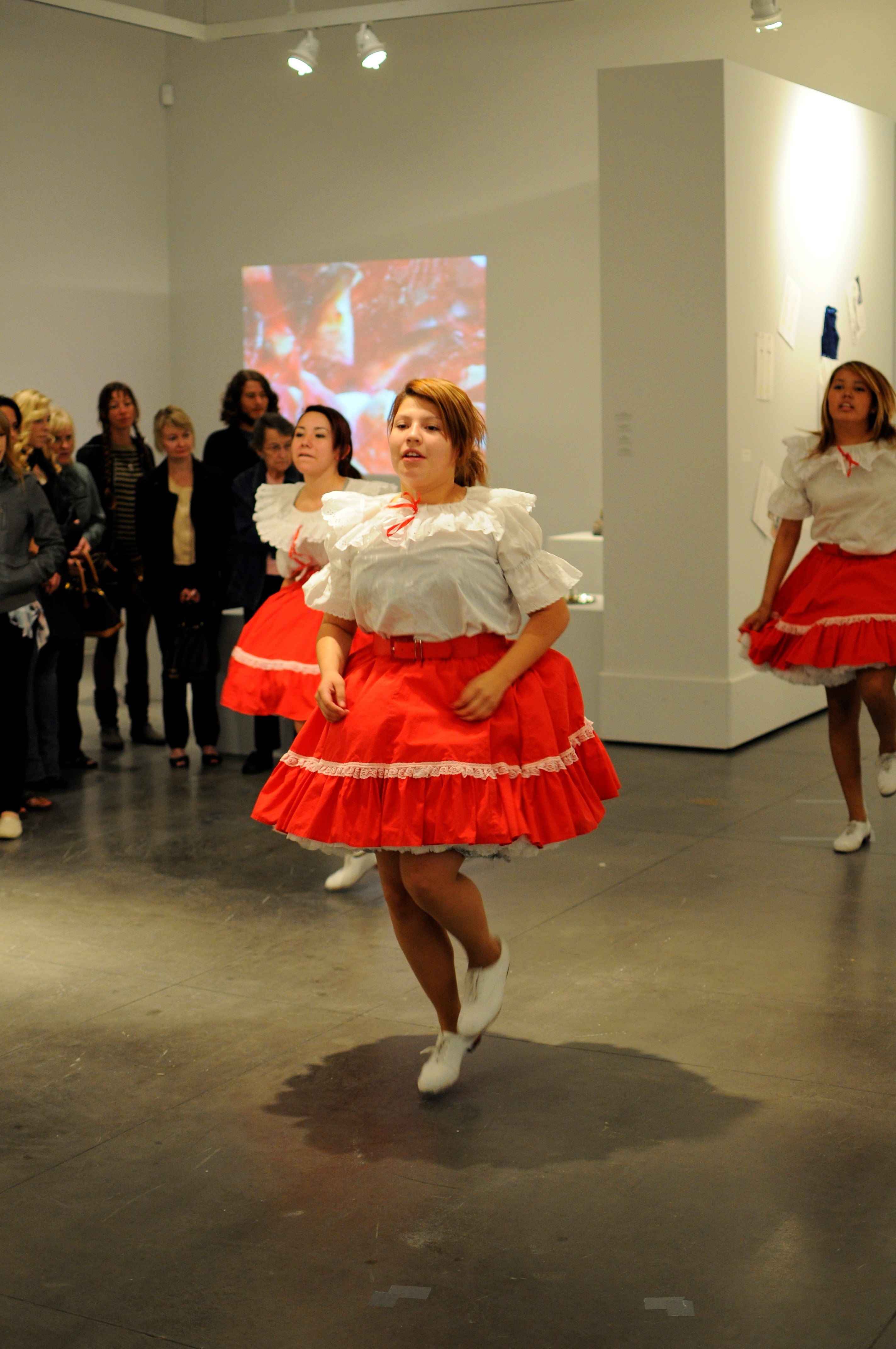 Michel Boutin, artistic director of the Indigenous Peoples Artist Collective of Prince Albert (IPAC), says the growth in First Nations and Métis populations in the province, particularly in the north, provides an opportunity for greater cultural understanding. “Many local audience members have never been exposed to contemporary Aboriginal art, especially performance art,” he says.
Michel Boutin, artistic director of the Indigenous Peoples Artist Collective of Prince Albert (IPAC), says the growth in First Nations and Métis populations in the province, particularly in the north, provides an opportunity for greater cultural understanding. “Many local audience members have never been exposed to contemporary Aboriginal art, especially performance art,” he says.
IPAC is dedicated to sharing interdisciplinary contemporary Aboriginal and urban art practices with northern audiences. The organization helps people of all ages feel comfortable at events by mixing traditional customs with contemporary arts. For example, they host traditional Aboriginal feasts of bannock and stew every night of their annual Two Story Café arts festival. “It’s not pretentious. We include youth and traditional celebration in our festival, creating an atmosphere that feels a bit like a powwow,” Boutin says.

The festival fosters collaboration among established national and international contemporary Aboriginal artists and local emerging artists, featuring visual art, performance art, media art and music. Artists also work with schools, universities and the community, offering drop-in studio sessions, artist talks and conferences. Urban art forms such as hip hop, spoken word, graffiti, tattoo art, and digital media help youth and underrepresented communities to establish their voice.
IPAC celebrated its tenth anniversary in 2016 by producing three art exhibitions in partnership with the Mann Art Gallery in Prince Albert. It began development of the first in a series of member catalogues and the exhibition, The History of IPAC: Ten Years in the Making. Work on both continues, with the hope of touring the exhibition.
Community outreach has become important to the organization over the years. IPAC has partnered with the local multicultural centre to reach out to new Canadians and introduce them to Indigenous art. The organization also works with the LGBTQ community in Prince Albert, hosting a mini-festival each spring in collaboration with Regina’s Queer City Cinema. Partnering with Saskatoon Community Youth Arts Programming helps IPAC to develop a provincial role for the future generation of Aboriginal artists. “We don’t want to become a static institution. We’re always working with new artists,” Boutin says.
The Indigenous People’s Artist Collective of Prince Albert receives funding from the Professional Arts Organizations Program.
Above: Terrence Houle’s National Indian Leg Wrestling League of North America, 2014.
Right: Urbanisms ll—Uber Gurlz exhibition, 2011
Photos courtesy of IPAC archives
